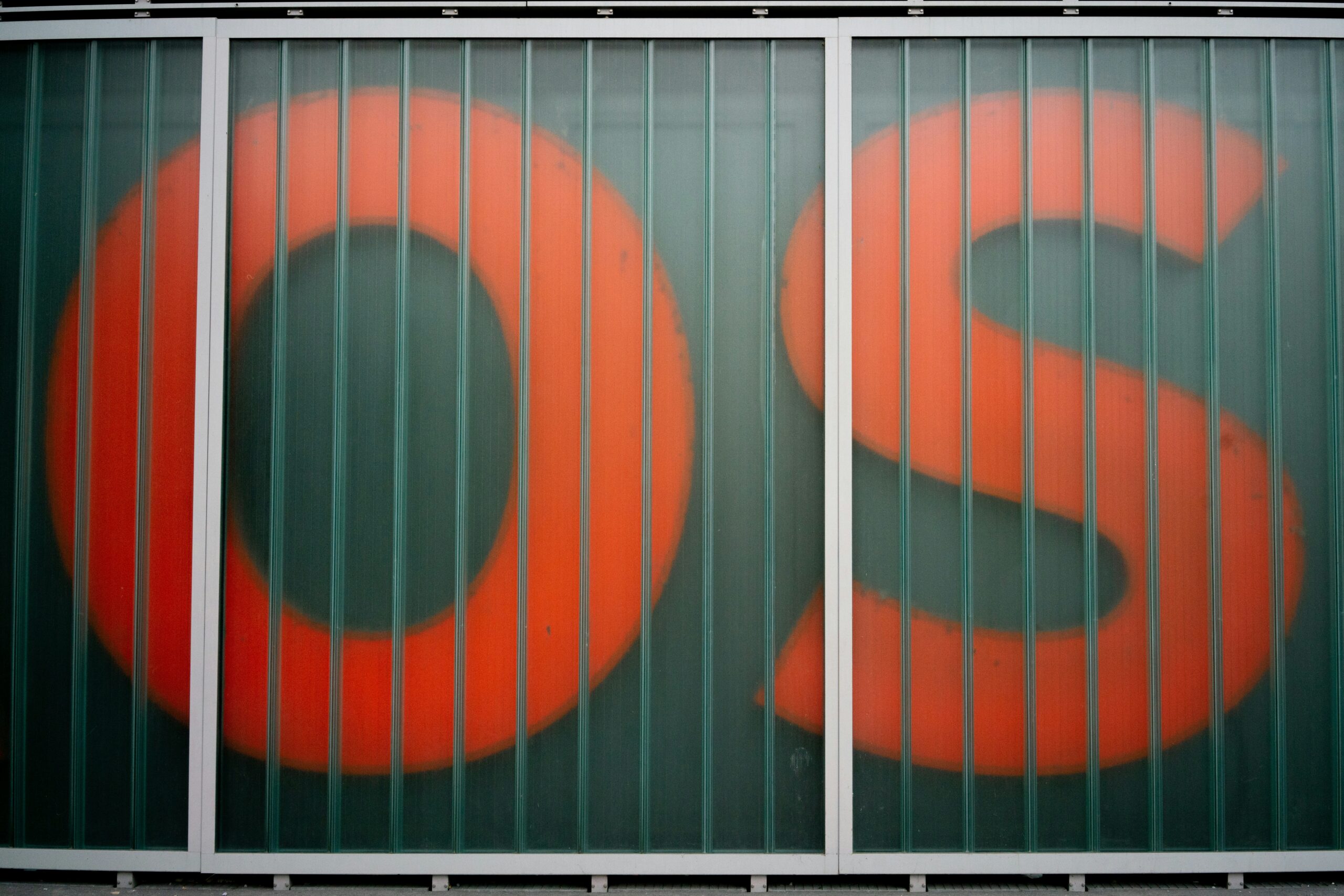The Commoditization of LiDAR Technology: Moving Beyond Specs

LiDAR (Light Detection and Ranging) technology has emerged as a cornerstone in various industries, from autonomous vehicles to environmental monitoring. Traditionally, LiDAR systems were distinguished by their specifications—range, resolution, and scanning speed. However, as the technology becomes increasingly commoditized, the focus is shifting from mere specifications to broader considerations of integration, functionality, and cost-effectiveness. This article delves into the commoditization of LiDAR technology, exploring the implications of this shift and the future directions of LiDAR systems.
Understanding LiDAR Technology
LiDAR technology utilizes laser pulses to measure distances between the sensor and objects on the ground, creating highly accurate 3D maps of the environment. It has been instrumental in applications such as autonomous driving, topographic surveys, forestry management, and urban planning. The technology has traditionally been evaluated based on its technical specifications, such as:
- Range: The maximum distance a LiDAR system can measure effectively.
- Resolution: The level of detail and accuracy in the 3D data.
- Scanning Speed: The rate at which the system can capture data.
The Commoditization Trend
As LiDAR technology evolves, it is becoming increasingly commoditized. This trend is characterized by several key factors:
- Standardization of Features: Many LiDAR systems now offer similar core features, leading to a standardization of capabilities. This makes it difficult to differentiate between products based solely on specifications.
- Reduction in Costs: The proliferation of LiDAR technology has driven down prices. Lower manufacturing costs and increased competition have made LiDAR systems more accessible across various applications and industries.
- Widespread Adoption: LiDAR is no longer limited to niche markets. Its integration into consumer products, such as smartphones and drones, has broadened its application and contributed to its commoditization.
- Innovation in Integration: As basic specifications become less distinguishing, companies are focusing on integrating LiDAR with other technologies. This includes combining LiDAR with cameras, GPS, and AI to enhance functionality and provide more comprehensive solutions.
Moving Beyond Specs: Key Considerations
With the commoditization of LiDAR technology, several factors beyond specifications are becoming crucial in evaluating and selecting LiDAR systems:
- Integration Capabilities: The ability to integrate LiDAR with other sensors and systems is increasingly important. Advanced integration allows for more accurate data fusion and improved performance in complex environments.
- Software and Data Processing: The effectiveness of LiDAR systems is significantly influenced by the software used to process and analyze the data. High-quality data processing tools and algorithms can greatly enhance the utility of LiDAR data, making software integration a critical consideration.
- Reliability and Durability: As LiDAR technology becomes more widespread, reliability and durability are key factors. Systems that can perform consistently under various environmental conditions and over extended periods are preferred.
- Cost-Effectiveness: While the initial cost of LiDAR systems has decreased, evaluating the total cost of ownership, including maintenance, data processing, and integration, is essential for making informed decisions.
- Customer Support and Service: Comprehensive customer support and service offerings can be a significant differentiator. Effective support can ensure smooth operation, quick resolution of issues, and overall system reliability.
Implications for Industries
The commoditization of LiDAR technology has several implications for various industries:
- Autonomous Vehicles: In the autonomous vehicle sector, the focus is shifting towards integrating LiDAR with other sensors to create robust and reliable perception systems. Cost-effective LiDAR solutions are facilitating the widespread adoption of autonomous driving technologies.
- Environmental Monitoring: In environmental applications, such as forestry and agriculture, affordable LiDAR systems are enabling more extensive and frequent data collection, leading to better management and conservation practices.
- Urban Planning and Smart Cities: The integration of LiDAR into urban planning and smart city initiatives is transforming how cities are designed and managed. LiDAR data is being used to create detailed 3D models, optimize infrastructure, and enhance public services.
- Consumer Electronics: The incorporation of LiDAR into consumer electronics, such as smartphones and drones, is expanding the technology’s reach and utility, allowing for applications ranging from augmented reality to improved aerial imaging.
Future Directions
As LiDAR technology continues to evolve, several trends are expected to shape its future:
- Advancements in Miniaturization: Continued miniaturization of LiDAR systems will enhance their integration into smaller devices, expanding their applications in consumer electronics and portable technologies.
- Enhanced Data Fusion: The development of advanced data fusion techniques will enable more accurate and actionable insights by combining LiDAR data with information from other sensors and sources.
- AI and Machine Learning: Integration with AI and machine learning will improve data analysis and interpretation, leading to more intelligent and autonomous systems.
- Global Accessibility: As costs continue to decrease and technology advances, LiDAR will become more accessible to a broader range of industries and applications worldwide.
Conclusion
The commoditization of LiDAR technology marks a significant shift from evaluating systems based solely on technical specifications to considering broader factors such as integration, functionality, and cost-effectiveness. As the technology becomes more integrated into various applications and industries, its impact is set to expand, driving innovation and transforming how we interact with and understand our environment. Moving beyond mere specifications, the future of LiDAR lies in its ability to deliver comprehensive and integrated solutions that address complex challenges and enhance capabilities across diverse sectors.



Leave a Comment